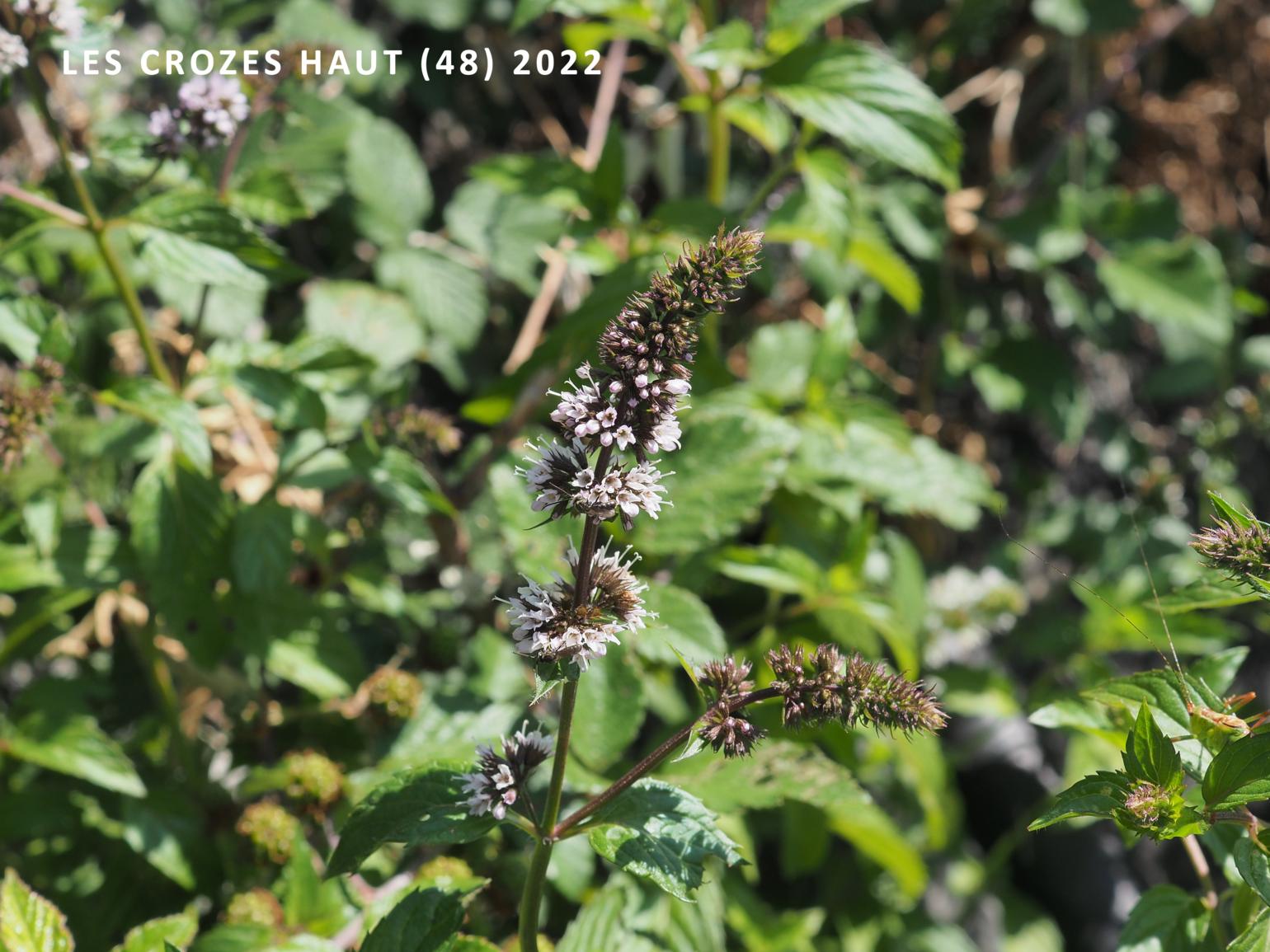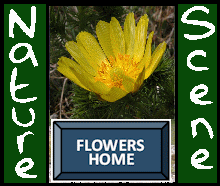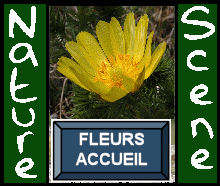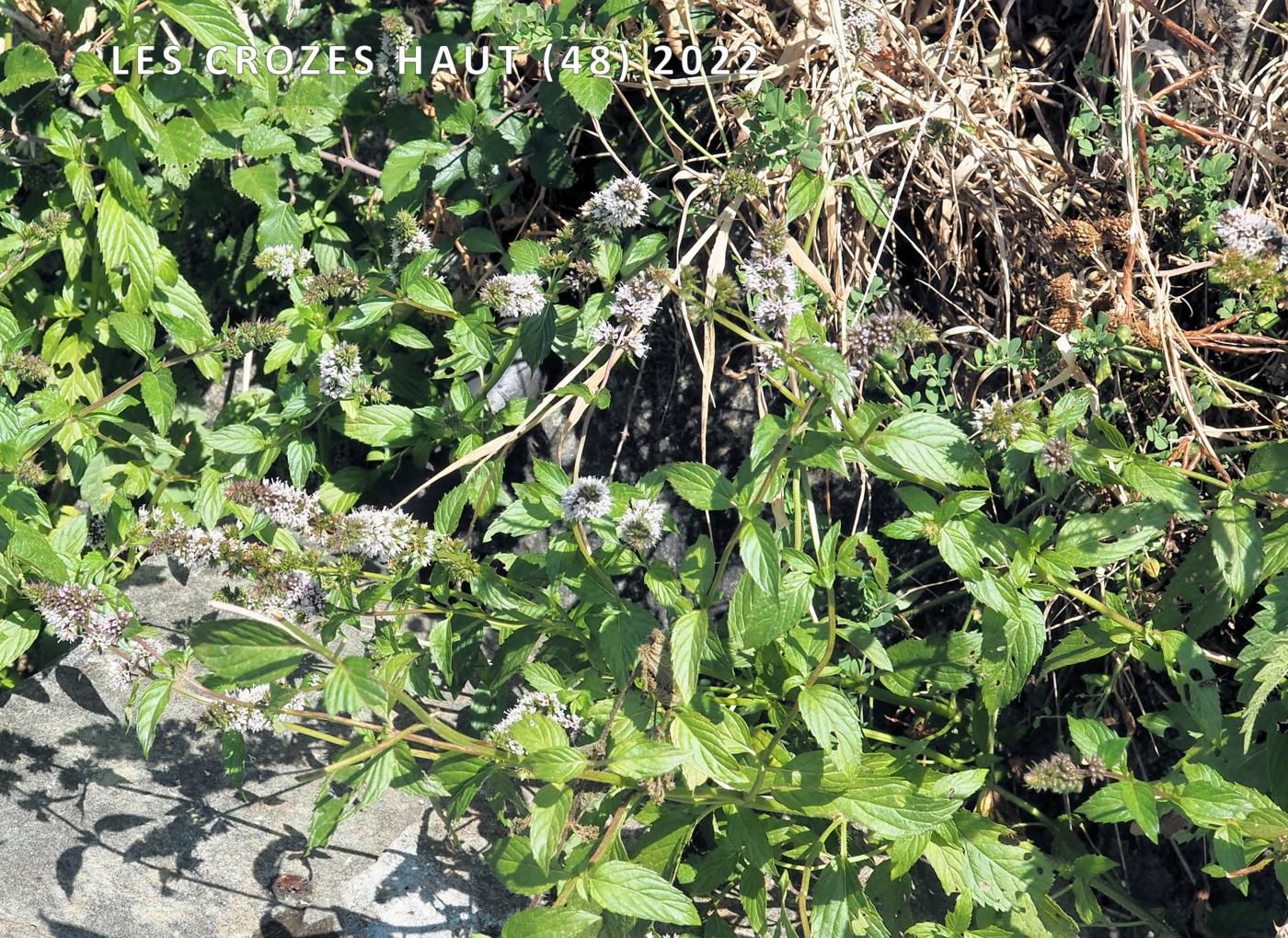 (modifié de Coste, Flore de la France 1937) :
(modifié de Coste, Flore de la France 1937) :
Plante vivace, robuste, de 50-100 cm, d'un vert sombre, à odeur suave très pénétrante ; tiges glabres ou glabrescentes, rameuses
Écologie : (répartition d'après la flore) Lieux humides des montagnes: Vosges, Jura, Alpes, Plateau central, Pyrénées.
Répartition hors de France : Europe surtout centrale ; Algérie, Canaries, Cap.
 (modified from Butcher, British Flora 1961):
(modified from Butcher, British Flora 1961):
NOTE: the French text is more complete and up-to-date
[Cultivated. Probably hybrid between M. longifolia x M. suaveolens]. A rather stout, scented, almost glabrous perennial with branched flowering stems 22-38 cm high, growing from an extensively creeping and branching stock.
Ecology UK: (distribution according to flora) It is the commonest mint of gardens and is naturalized by roadsides and in waste places near villages throughout the British Isles.
Ecology UK:
Fleurs : rosées ou lilas, en épis terminaux peu denses, longs, grêles, linéaires-aigus ; bractées et dents du calice linéaires, glabres ou ciliées; pédicelles et tube du calice glabres ; corolle glabre en dedans
Floraison France : Août-octobre.
* Cultivé.[Probablement hybride de M. longifolia x M. suaveolens. Parfois échappé]
Flowers: 3 mm diam., whorls close, in a long, narrow, somewhat interrupted, acute spike; pedicels glabrous; calyx teeth acute, triangular, shorter than the almost glabrous, sub-conical tube; corolla blue-lilac, stamens exserted.
Flowering UK: Mid Aug.-late Sept

 Mint, Spear
Mint, Spear
 Menthe verte/douce
Menthe verte/douce









 Please
consider
Please
consider 











